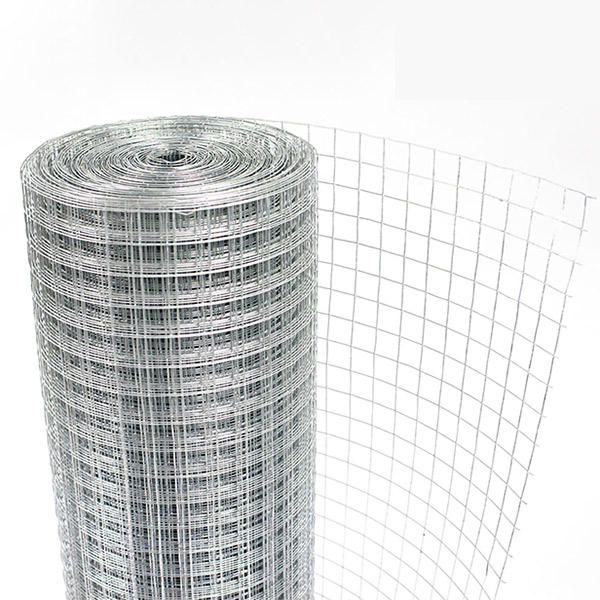Dec . 01, 2024 09:52 Back to list
oem black annealed wire specification
Understanding OEM Black Annealed Wire Specifications
In the world of manufacturing and production, the specification of materials plays a crucial role in ensuring the final product's quality and performance. One such material that has gained significant attention is the OEM black annealed wire. This specialized wire has applications across various industries, including construction, automotive, and crafting. By delving into the specifications and characteristics of OEM black annealed wire, we can better understand its functionality and importance.
What is OEM Black Annealed Wire?
OEM, or Original Equipment Manufacturer, refers to products made according to the specifications provided by the original equipment producer. Black annealed wire is a type of wire that has undergone an annealing process, which involves heating the wire to a specific temperature before allowing it to cool. This process serves multiple purposes it reduces hardness, improves ductility, and enhances the overall workability of the wire. The term black indicates the wire's surface finish, which has a darkened appearance due to the oxidation that occurs during the annealing process.
Key Specifications
When assessing OEM black annealed wire, several specifications must be taken into account to meet the industry's standards. These specifications often include
1. Material Composition The wire is typically made from low-carbon steel, known for its excellent tensile strength and flexibility. The exact percentage of carbon can vary, generally falling between 0.06% and 0.12%, which directly influences its mechanical properties.
2. Diameter OEM black annealed wire comes in a range of diameters, typically from 0.5 mm to 4.0 mm. The choice of diameter depends on the application thinner wires are used for delicate applications, while thicker wires are employed for heavy-duty uses.
3. Tensile Strength The tensile strength of black annealed wire is a critical specification, generally ranging from 350 MPa to 600 MPa. This measurement indicates the wire's capability to withstand pulling forces without breaking, making it suitable for various applications that require resilience.
4. Elongation Elongation refers to the ability of the wire to stretch under stress. In black annealed wires, elongation typically ranges from 10% to 30%. Higher elongation values indicate a more ductile product, which can be beneficial for applications that require bending or shaping.
oem black annealed wire specification

5. Surface Treatment The surface of black annealed wire is treated to enhance its anti-corrosion properties and improve its bonding capabilities. This can include oiling or other protective coatings that reduce the risk of rusting during storage and usage.
Applications of Black Annealed Wire
The versatility of OEM black annealed wire makes it suitable for various applications. Here are some common uses
- Construction The wire is often used in construction for tying rebar, connecting structures, and holding various components together, making it essential in reinforced concrete projects.
- Crafting and DIY Projects Due to its flexibility and ease of manipulation, black annealed wire is favored by artisans and DIY enthusiasts for creating sculptures, jewelry, and decorative items.
- Packaging In the packaging sector, the wire is utilized for bundling and securing packages, owing to its strength and reliability.
- Agricultural Applications Farmers use black annealed wire for fencing and other agricultural requirements, as it withstands outdoor conditions and provides durability.
Conclusion
The specifications of OEM black annealed wire are fundamental to its performance and applicability across various industries. Understanding factors such as material composition, diameter, tensile strength, and elongation allows manufacturers and consumers alike to select the right wire for their specific needs. As industries continue to evolve, the demand for quality materials like black annealed wire will persist, highlighting the significance of adhering to rigorous specifications to ensure optimal outcomes in production and craftsmanship.
-
High-Quality Steel Grating Solutions for Industrial Applications | Durable, Safety, Customization
NewsJul.13,2025
-
Advanced Solutions-CompanyX|Enterprise Efficiency&Cost Reduction
NewsJul.13,2025
-
Sustainable Manufacturing-EcoTech Innovations|Waste-to-Energy System&Zero Emissions
NewsJul.13,2025
-
Welded Wire Mesh- Buildings Wiremesh Co., Ltd.|Durable Construction Material&Industrial Strength Solution
NewsJul.13,2025
-
Smart Production Solutions-Example Corp|AI Automation&IoT Monitoring
NewsJul.13,2025
-
Advanced Industrial Solutions-Advanced Industrial Solutions|Manufacturing Efficiency&Productivity
NewsJul.13,2025

